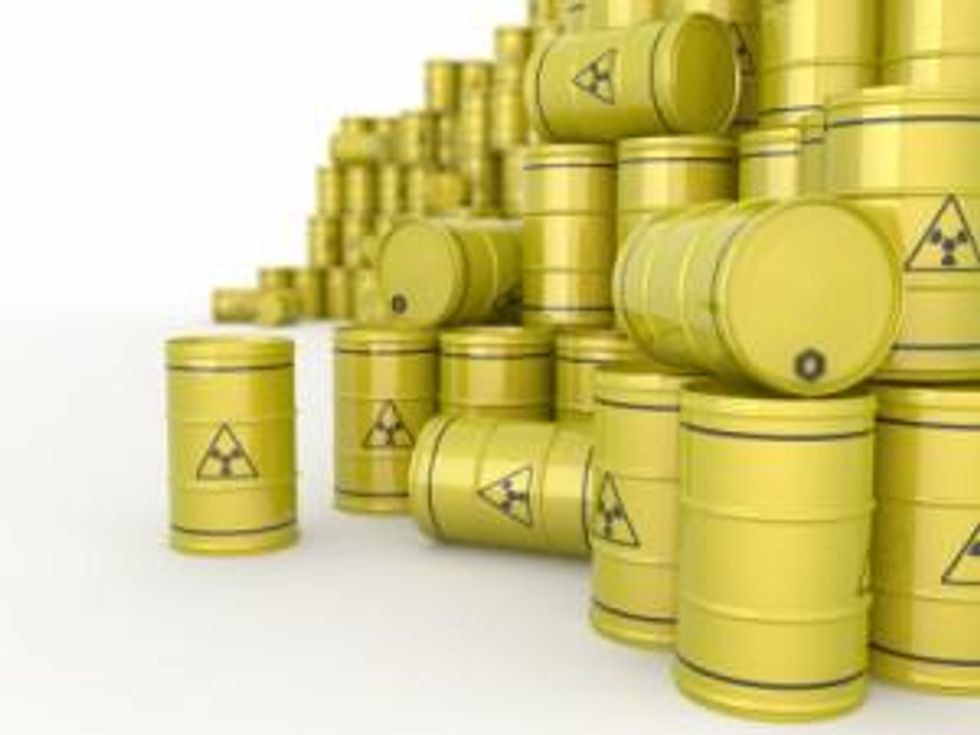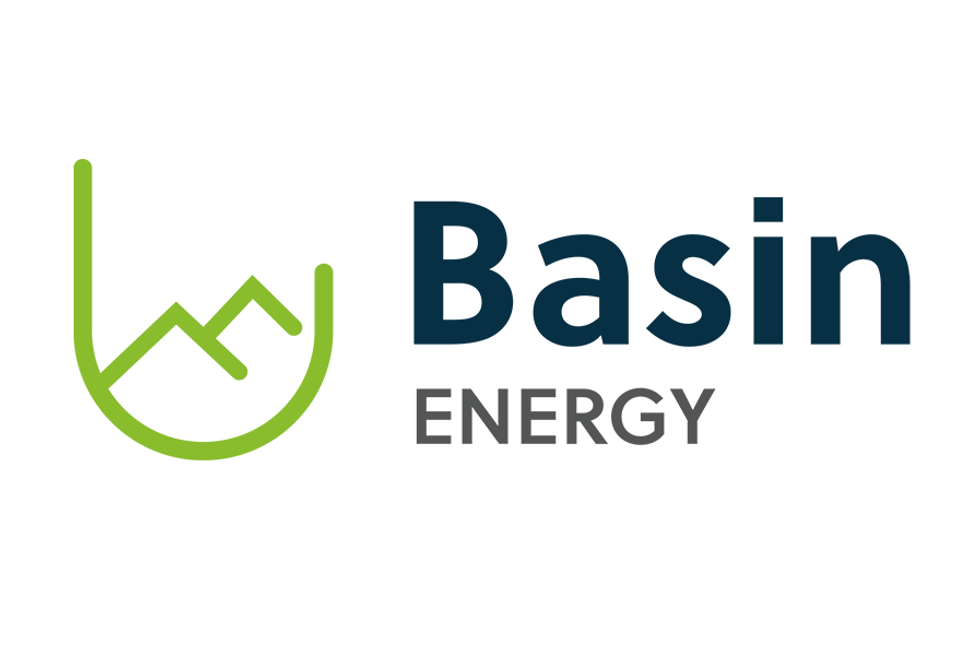USEC will close the doors on America’s last gaseous diffusion uranium enrichment plant by the end of May.
What is uranium enrichment?
Nuclear power plants can only be fueled by U235, a type of uranium atom that contains less than 1 percent by weight of the uranium as it is mined or milled. In order to make nuclear reactor fuel, U235 is enriched by 3 to 5 percent. There are two methods that have been used in the past to enrich uranium: gaseous diffusion and gas centrifuge. Now, a third form of enrichment — laser enrichment — has been proposed in the US, according to the Nuclear Regulatory Commission. There are only two gaseous diffusion plants in the United States, and the shutdown of the Paducah means that neither plant is in operation.
As far as gas centrifuge plants go, there are only a handful of plants being built in the US. USEC is currently constructing the American Centrifuge Plant.
Closing of Paducah
The Paducah plant is the only American-owned and -operated uranium enrichment plant in the United States. The plant is being leased to USEC by the DoE, and the company is now working on preparing the plant to be returned to the DoE. USEC expects to continue operations at the site until 2014 in order to manage inventory and purchases from Russia, meet customer orders and meet the turnover requirements of the property lease.
Robert Van Namen, USEC’s senior vice president and chief operating officer, explained in a company statement that “[w]hile we have pursued possible opportunities for continuing enrichment, DOE has concluded that there were not sufficient benefits to the taxpayers to extend enrichment.”
The Paducah plant is one of the oldest uranium enrichment facilities in the United States and could leave over 1,000 people unemployed. The facility, which opened in the early 1950s, was originally intended to enrich uranium for nuclear weapons; however, its focus shifted and the plant now provides enriched uranium product to nuclear power plants. The New York Times reported that the shutdown will not affect civilian nuclear plants, but with concern growing regarding energy independence in the United States, the move by the DoE remains questionable.
Jim Key, union vice president at USEC, voiced his displeasure with the decision to WPSD Local 6 news, stating, “I am disturbed and troubled by the fact that the government has chosen to shut down the sole remaining U.S. government-owned uranium enrichment plant, thereby negating our ability to produce a domestic supply of uranium and placing us in a position to rely on other foreign energy needs without a replacement facility in place.”
The American uranium market will now be supplied by a European-owned enrichment facility in New Mexico.
Securities Disclosure: I, Vivien Diniz, hold no direct investment interest in any company mentioned in this article.






